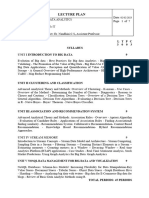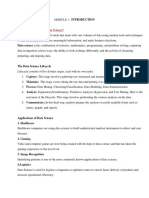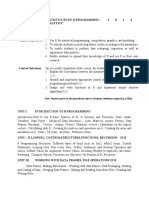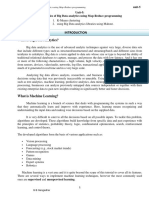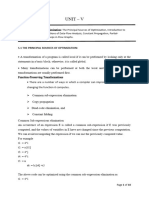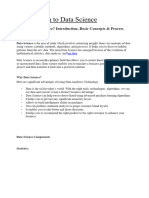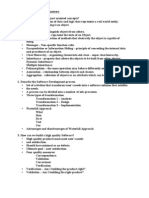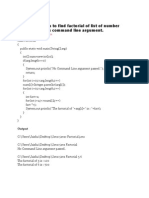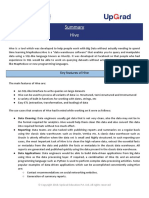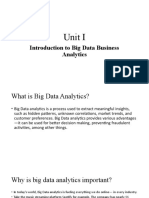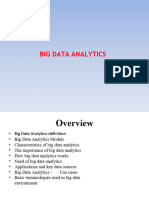0% found this document useful (0 votes)
1K views7 pagesDrivers For Big Data
Big Data Analytics is increasingly sought after due to factors like societal digitization, reduced technology costs, and the rise of IoT. It enables organizations to extract insights for better decision-making, fraud detection, and customer experience enhancement. Various industries, including e-commerce, healthcare, and banking, utilize Big Data analytics for applications ranging from predicting trends to improving operational efficiency.
Uploaded by
Makkapati DeepthiCopyright
© © All Rights Reserved
We take content rights seriously. If you suspect this is your content, claim it here.
Available Formats
Download as DOCX, PDF, TXT or read online on Scribd
0% found this document useful (0 votes)
1K views7 pagesDrivers For Big Data
Big Data Analytics is increasingly sought after due to factors like societal digitization, reduced technology costs, and the rise of IoT. It enables organizations to extract insights for better decision-making, fraud detection, and customer experience enhancement. Various industries, including e-commerce, healthcare, and banking, utilize Big Data analytics for applications ranging from predicting trends to improving operational efficiency.
Uploaded by
Makkapati DeepthiCopyright
© © All Rights Reserved
We take content rights seriously. If you suspect this is your content, claim it here.
Available Formats
Download as DOCX, PDF, TXT or read online on Scribd
/ 7

